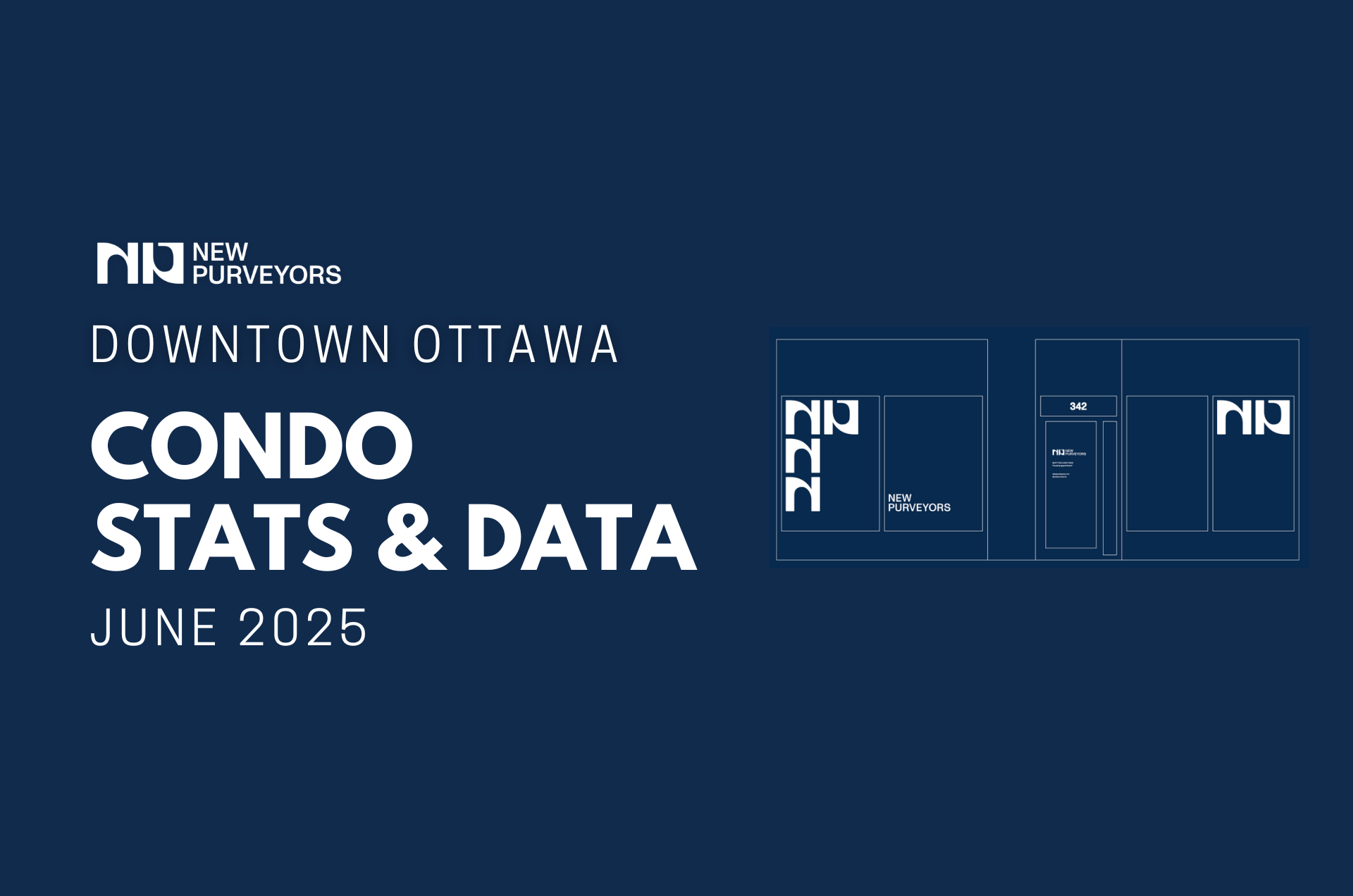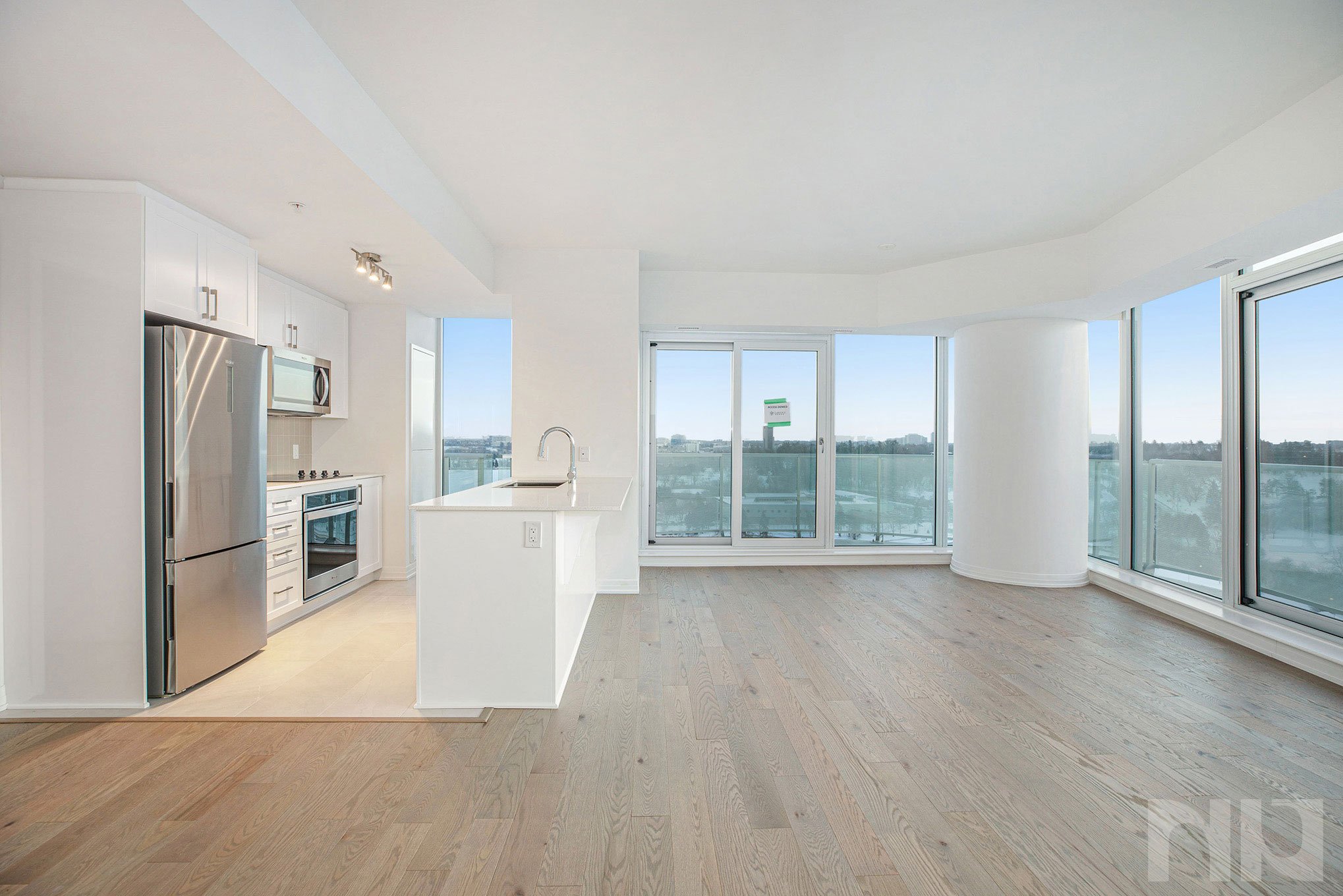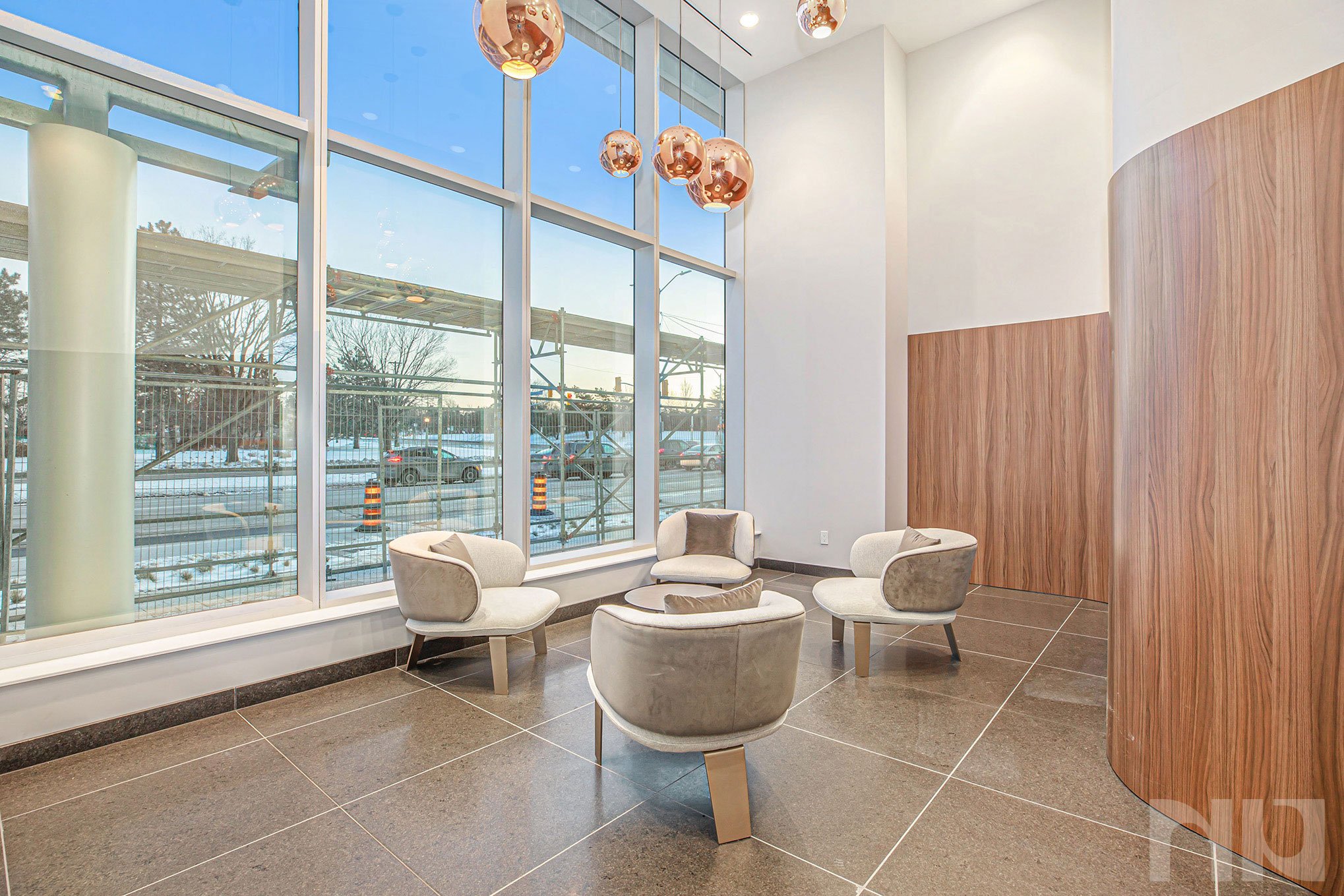When thinking about Ottawa’s real estate market, areas like Westboro, Centretown, and The Glebe often come to mind. But beyond these well-known neighbourhoods, there are hidden gems across the city that offer great value, unique amenities, and untapped potential for buyers.
In this post, we’ll take a look at some of Ottawa’s lesser-known but rapidly growing communities. Whether you're a first-time homebuyer, looking to invest, or seeking a quieter lifestyle, these up-and-coming neighbourhoods are worth considering.
What Makes a Neighbourhood a “Hidden Gem”?
A hidden gem is a neighbourhood that may not yet be on every buyer’s radar but offers tremendous value. These communities typically feature more affordable homes, great amenities, and exciting development projects that suggest future growth. They’re often ideal for those seeking a balance between urban convenience and a quieter, community-focused lifestyle.
Findlay Creek: A Growing Suburban Oasis
Findlay Creek, located in Ottawa’s south end, has been quietly developing into one of the city’s fastest-growing communities. Known for its green spaces and family-friendly environment, it offers an appealing blend of suburban tranquillity with quick access to downtown Ottawa.
Affordability: Homes in Findlay Creek are more affordable compared to those in closer-to-downtown neighbourhoods.
Amenities: The area has seen rapid retail expansion with grocery stores, cafes, and fitness centres nearby.
Parks and Trails: Nature lovers will enjoy the easy access to the Leitrim Wetland and Findlay Creek Boardwalk.
Mechanicsville: Urban Revival Close to Downtown
While neighbouring areas like Hintonburg and Wellington West are widely recognized, Mechanicsville is a small, often overlooked community with immense potential. Close to the Ottawa River and Tunney’s Pasture, this community offers a unique mix of industrial history and modern redevelopment.
Affordability: Mechanicsville offers more affordable properties compared to Hintonburg, while still being walking distance to key amenities.
Redevelopment: The area is seeing new condo developments and revitalized townhomes, making it a prime spot for investors.
Transit Access: The O-Train’s Confederation Line is easily accessible, making Mechanicsville a great option for commuters.
Riverside South: Ideal for Young Families
Just minutes away from Barrhaven and Manotick, Riverside South is one of Ottawa’s hidden family-friendly communities that offers great value. With several parks, schools, and shopping centres planned, Riverside South is quickly becoming an attractive spot for young families.
Development Potential: Riverside South is undergoing rapid expansion, with new schools and community centres in the works.
Transportation: The community will soon be connected to the downtown core via the Stage 2 LRT project.
Real Estate Value: Buyers can find modern, spacious homes at more affordable prices than in other family-friendly areas like Kanata or Barrhaven.
Vanier: On the Verge of a Renaissance
Once considered a less desirable area, Vanier has transformed in recent years into a vibrant, diverse, and affordable neighbourhood. Its proximity to downtown and wealth of cultural amenities make it a hidden gem for those seeking urban living without the steep price tag.
Affordability: Vanier offers some of the most affordable real estate options within walking distance of downtown Ottawa.
Cultural Hotspot: With its diverse population, Vanier is home to unique restaurants, art galleries, and cultural festivals.
Future Growth: Ongoing infrastructure improvements and redevelopment projects suggest that Vanier is poised for continued growth.
Westboro Beach: Nature and City Life in One
Westboro Beach is often overshadowed by the larger and more famous Westboro Village, but this small community offers something unique: a peaceful, waterfront lifestyle with all the urban conveniences just a stone’s throw away.
Outdoor Lifestyle: Residents can enjoy walking along the Ottawa River, beach days in the summer, and access to bike trails year-round.
Convenience: Westboro Beach offers quick access to Westboro’s shopping and dining scene while maintaining a quieter, more laid-back vibe.
Rising Popularity: As Westboro continues to grow in popularity, Westboro Beach is emerging as a desirable (and slightly more affordable) alternative.
Why Invest in Ottawa’s Hidden Gems?
Investing in one of these lesser-known Ottawa communities offers several advantages. These neighbourhoods are still under development or in the early stages of revitalization, which means buyers can secure homes or investment properties at more affordable prices before the market fully realizes their potential.
The Future of Ottawa’s Real Estate Market
Ottawa is a city of growth, with numerous neighbourhoods evolving and new communities being established each year. Whether you’re looking for a place to call home or an investment opportunity, considering one of these hidden gem communities could offer excellent value in the years to come.
For more expert advice on buying or investing in Ottawa’s up-and-coming neighbourhoods, contact the team at New Purveyors, and we’d be happy to help you find your dream home or next investment.
Contact Us:





















































